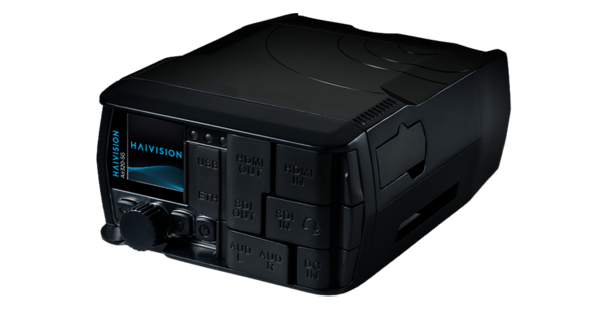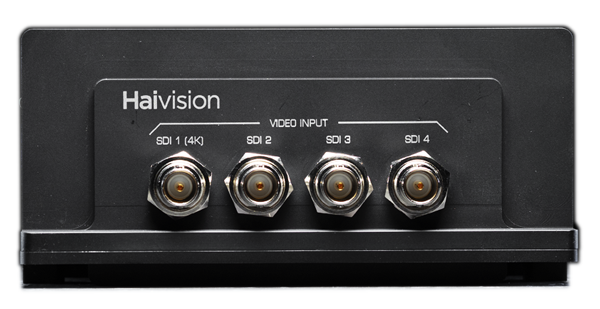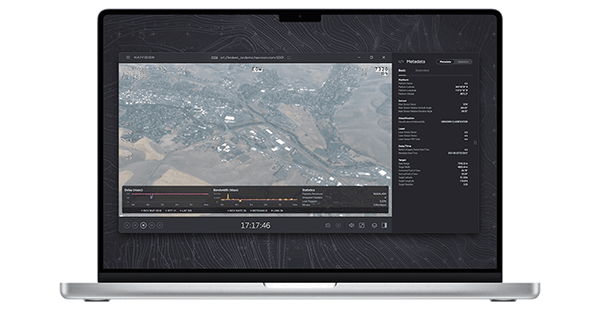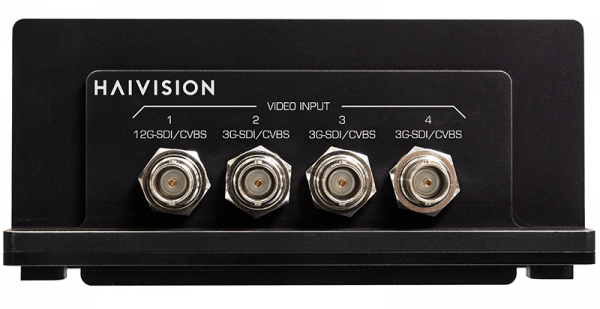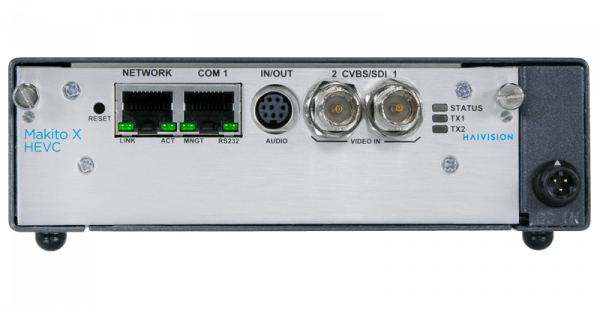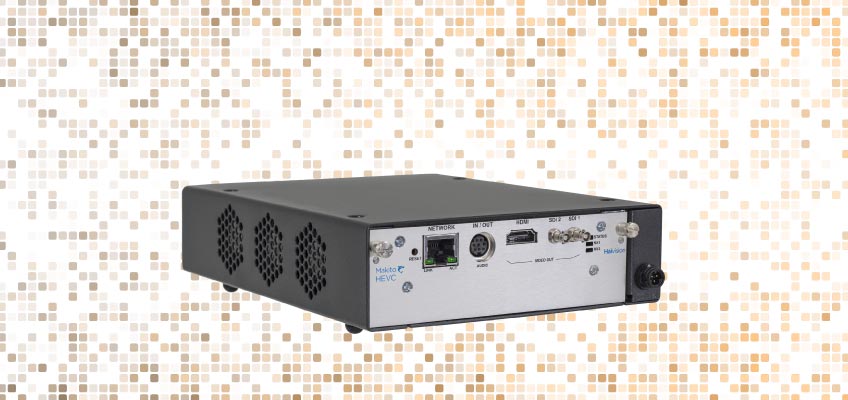The rise in popularity of online video streaming has fueled an industry shift to HEVC – and if the growing selection of HD, 4K, and even 8K televisions is any indication, HEVC seems like it’s here to stay. In a previous blog post, we explored HEVC video encoding.
In this blog post, we’re going to explain what an HEVC video decoder is, and its role in video streaming, OTT, and 4K TV – no matter where you are today.
What is HEVC H.265
HEVC, also known as H.265, is a video compression codec. It was developed to double the compression efficiency of the previous standard, H.264/AVC, hence the name High Efficiency Video Coding.
This new compression standard has allowed broadcasters, pay tv operators, and video streaming services, (and anyone else with an HEVC video encoder) to stream higher quality video at manageable bitrates, including in 4K resolution, whereas H.264 really struggles with anything higher than SD.
Decoding High Quality Video Can be Hard(ware) Work
A video decoder’s job is pretty simple – it decodes the video that was encoded upstream so that it can be viewed, produced, or sent further along to others downstream, over SDI cables, HDMI, or an IP network. Naturally, it is important that the video encoder and video decoder be able to work in the same compression codec, be it HEVC/H.265 or H.264.
Much like video encoders, video decoders can be in either software or hardware format. And again, similarly to hardware video encoders, hardware video decoders have a great deal more processing power – these appliances are dedicated solely to the fast, efficient, and reliable decoding of video streams. As a result, hardware decoders allow users to stream higher quality video at lower bandwidth rates at much lower latency than they would be able to with software decoders alone.
Looking Forward: The Future is Online and it Looks Good
Consumers are certainly embracing online streaming services as well as higher quality screens – the percentage of U.S. households with a 4K television nearly doubled (from 16% to 31%) between 2017 and 2018. And they are looking to broadcasters for content in high quality (4K and UHD) to enjoy on their new screens with ATSC 3 .0 and DVB 2, which both support HEVC.
High resolution content takes a tremendous amount of space with H.264. But because HEVC can compress video at half the bitrate of H.264 while maintaining the same level of picture quality, higher resolutions, like 4K, become far more manageable. This does require some more work from video encoders and decoders, from a computational power perspective. (Hence the value in a hardware video encoder and decoder.) However, HEVC takes a more intelligent approach to encoding video, by recognizing spatial repetition between frames, and avoiding sending duplicate information. This dramatically lowers the size of the file being sent.
HEVC is making it dramatically easier for broadcasters to produce and send 4K content over the internet. That being said, as with most technological innovations, the shift continues to be a gradual one. As a result, many smart broadcasters have taken a pragmatic approach when choosing their video decoders – finding one that can decode in both H.264 and HEVC.



